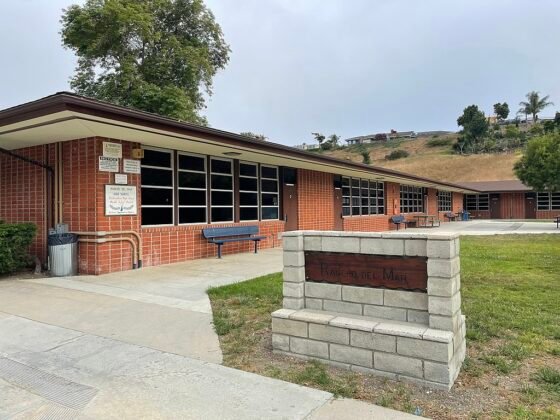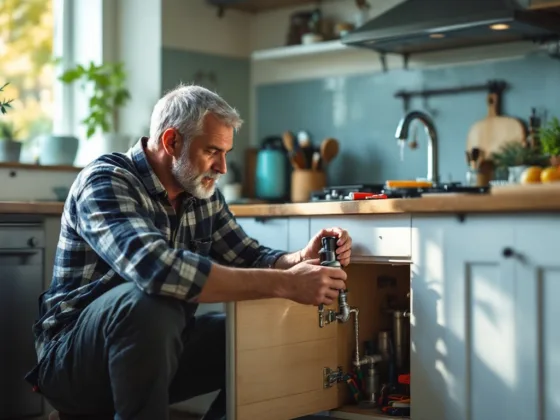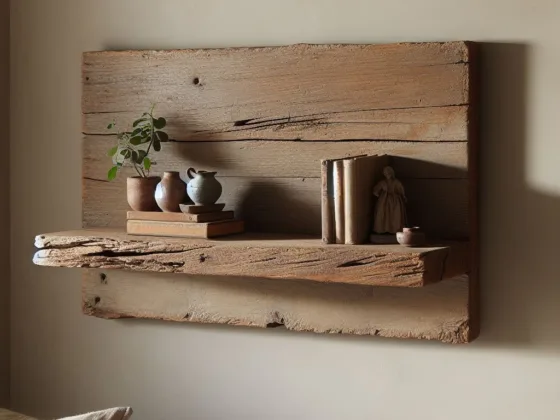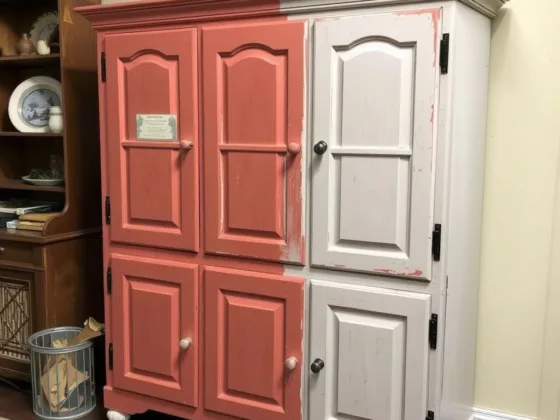Table of Contents Show
Are you someone who is always looking for ways to spend your weekends more productively?
Be it adding a few new DIY skills under your belt or just sharpening the ones you already have, there’s nothing quite like the satisfaction that comes with tackling projects around the house yourself.
From painting and repurposing furniture to creating new decor from scratch – getting creative around the home can be one of the coolest hobbies!
But even the most skilled among us can benefit from brushing up on our DIY skills.
So why not take some time this weekend to address your inner DIYer?
With just a few hours spent perfecting those newfound do-it-yourself talents, who knows where they will take you? Let’s explore some tips that will help make even the biggest DIY task achievable and enjoyable this weekend!
Understanding Your Tools
First things first: understanding your tools is essential.
Every DIYer knows that each tool has a specific function and understanding, which can significantly improve their work efficiency.
Whether it’s power tools like drills and saws or hand tools like hammers and screwdrivers, the success of a project lies in knowing which tool can serve you best.
One platform that offers comprehensive insights into various tools is diytooladvisor.com.
They provide detailed reviews and comparisons of different tools, helping you understand the functionality and performance of each.
This knowledge can prove to be invaluable, not just in picking the right tool for the job but also in maximizing its usage.
But don’t stop at knowing your tools’ functions. Learn how to maintain them.
Proper cleaning, storage, and regular check-ups can extend their life and efficiency, saving you from premature replacements.
Learn from the Pros
Why reinvent the wheel when you can learn from those who have already mastered it?
Professionals and experienced DIYers have been in your shoes and made the mistakes, so you don’t have to.
Online tutorials and guides are excellent resources for picking up professional tricks and methods.
YouTube, for instance, hosts thousands of DIY tutorials covering many projects.
Local workshops and classes can also provide hands-on experience and personal guidance.
These can be particularly useful for complex projects or when using a tool for the first time. Remember, every professional was once a beginner.
Safety First
In the excitement of a new project, it’s easy to forget about safety, but this should never be the case.
Whether working with a power drill or a simple paintbrush, safety should always be your top priority.
Always wear the right protective gear. Depending on the project, this might include safety glasses, gloves, or a dust mask.
Never try to operate a tool without reading the user manual first, and make sure your workspace is clean and well-lit to avoid accidents.
It’s also vital to know your limits. If a task seems dangerous or beyond your skill level, there’s no shame in calling a professional.
DIY is about fun and satisfaction, not putting yourself at risk.
Choosing the Right Materials
The old saying, “You’re only as good as your materials,” rings true in DIY.
The quality of your materials can directly impact the outcome of your project. For example, using high-quality wood will not only make your project look better, but it will also last longer.
Research is key when it comes to selecting materials.
Know the pros and cons of each material and how it will affect your final product.
It can be tempting to cut costs by choosing cheaper options, but remember, quality is always a better investment in the long run.
Keep in mind the environment in which the finished project will exist.
For example, if it’s an outdoor project, you’ll need materials that can withstand the elements.
Master the Art of Planning
A good DIYer knows that rushing headlong into a project is a recipe for disaster.
Proper planning is a crucial part of any successful DIY endeavor.
Each step should be meticulously planned, from sketching out your design and listing your materials to estimating the time it will take.
This doesn’t mean that there’s no room for spontaneity or creative changes along the way.
Rather, having a solid plan to start with gives you a framework within which you can work and innovate.
Plus, it helps prevent getting halfway through a project only to realize you’ve missed a crucial step or don’t have all the necessary materials.
When planning, don’t forget to consider safety measures and clean-up time.
Leaving room for these in your plan will help ensure a smooth, enjoyable DIY experience from start to finish.
Keep Practicing
The saying “practice makes perfect” holds true in DIY.
The more you use your tools, the more familiar you become with them. The more projects you undertake, the more your skills will improve. Start small.
Choose manageable and non-intimidating projects, then gradually work your way up to bigger and more complex ventures as your comfort level rises.
And don’t sweat the small stuff. Flubs and failures? They’re part of the process.
Every person who’s ever DIY-ed has a horror story or two to share. The point is to learn from your missteps. See them as lessons, not failures.
Stay Connected with the Cutting-Edge
The wonderful world of DIY is ever-changing, like a living organism.
New tools are designed, innovative techniques are introduced, and fresh trends take flight regularly.
Being informed about these updates can infuse a renewed zest and plenty of creativity into your projects.
Stay on top of these changes. Follow DIY-centric blogs, subscribe to channels on YouTube, and join the chatter on forums and social media groups.
Trade shows and expos? They’re your go-to for getting a glimpse of tomorrow’s innovation today.
Staying informed ensures you implement the most efficient and effective strategies, saving precious resources like time and money.
Join the DIY Tribe
Something magical about being part of a community, a tribe of like-minded individuals.
When it comes to DIY, this magic doubles.
Not only can you share your experiences and nuggets of wisdom, but you can also soak up the knowledge that others share.
You’ll learn a cool new trick, find a must-have tool, or the spark of your next project will ignite.
A DIY community acts as your support network.
Struggling with a particular task? Chances are someone has been in your shoes and can offer valuable advice.
Plus, the fun of sharing your triumphs (and disasters!) with others who understand the ups and downs of DIY is immeasurable.
The Last Word
Whether you’re just starting out on your DIY journey or are a seasoned pro looking to up your game, these tips will seriously boost your DIY skills this weekend.
So what’s the hold-up? Grab your tools, and let’s create some DIY magic!










